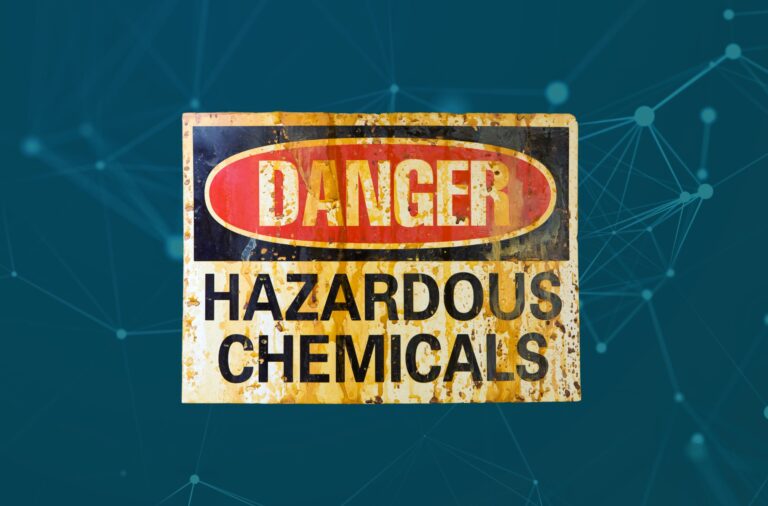
A new analysis of Safe Work Australia data shows that the agriculture, forestry, and fishing industry tops the list of the most dangerous work environments in the country.
Data from 2015 reveal that this industry had 52 fatalities that year, the highest number across all industries. It is followed by transport, postal and warehousing with 40 workplace fatalities, and construction with 33.
The analysis was done by comparison site finder.com.au, which crunched the numbers from Safe Work and compiled a “risk score” for each industry. The score takes into account the total number of fatalities and the total number of injuries in each industry, based on worker’s compensation claim data. For an interactive table ranking all industries by risk score, head on over to their site.
As a share of overall fatalities, agriculture, forestry, and fishing comprised nearly half (47%) of all workplace deaths in 2015. SafeWork reports that a large number of these fatalities are due to a vehicle collision or rollover.
Which industries are the safest?
Among Finder’s Top 10 most dangerous industries, health care and social assistance had the fewest recorded fatalities, although this industry also boasts the largest number of injuries (more on that below). Across all fields, the financial and insurance sector is in the lead with zero recorded fatalities.
Turning the focus on injury rates alone, health care and social services top the list with 17,565 total annual incidents. It’s followed by manufacturing at 13,725 and construction at 12,575. A bit unexpectedly, agriculture, forestry, and fishing had the least amount of injuries among the Top 10 at 3,410 total.
One of the most noteworthy data points in the Top 10 is that the industry with the highest overall number of fatalities is also the one with the lowest amount of injuries. This should raise questions about why safety incidents in this line of work seem to have a higher chance of becoming fatalities than in other fields. This knowledge can help bolster industry-specific and broader dialogue on minimizing the inherent risks of this type of work and implementing preventative measures through regulation and training.
How have the numbers decreased?
The national snapshot is telling, but it reveals very little about how these trends are dispersed in each territory. For instance, the ACT has the overall lowest number of fatalities, but that makes sense considering that high-risk industries such as mining or fishing are quite underrepresented there. And even in the ACT, rates of injury look to be increasing. The steepest increases are in construction, but even more white-collar sectors like retail and hospitality have started trending upwards in the number of injuries.
To put these findings in perspective, the overall workplace fatality rate has decreased by 44% since 2007. Unfortunately, that number reveals very little, if anything, about the improvement or lack thereof within individual industries. A data breakdown like this lets us see which industries have been slower to keep up with the overall trend or which ones may be sloping downward. It also helps current and prospective employees of these industries become more aware of on-the-job risks.
When working in a high-risk industry, it’s always good to be familiar with the eligibility requirements for worker’s compensation, which is available through your local worker’s compensation authority. For those employees not eligible for worker’s compensation, such as casual employees or sole traders, Finder also provided a useful list of occupation ratings for obtaining life, TPD, and income protection insurance.
For a paperless, jargon-free business safety solution that you can manage from your phone, click here to get in contact and ask about how you can try Donesafe for FREE or visit our features page to find out more.
Share:



